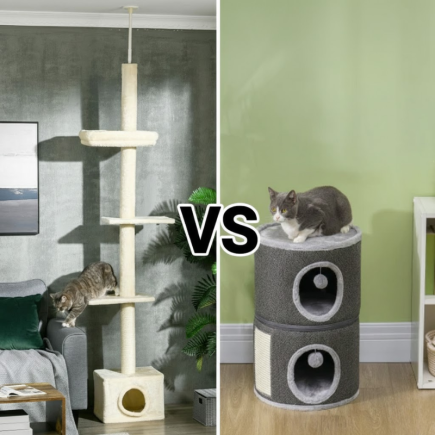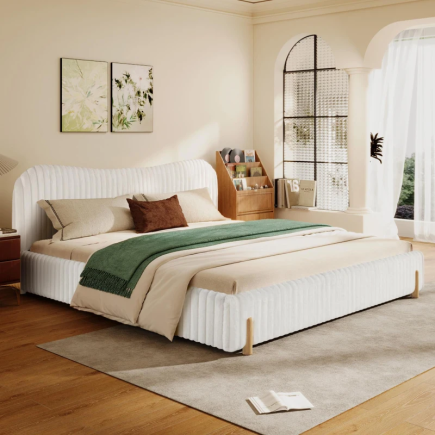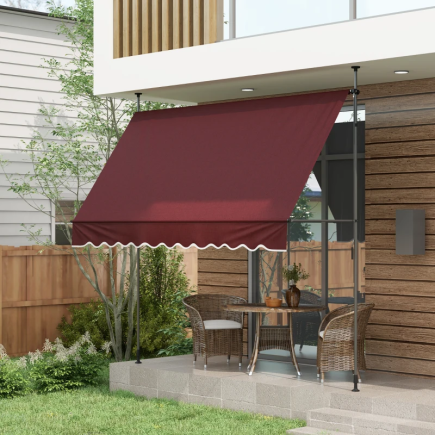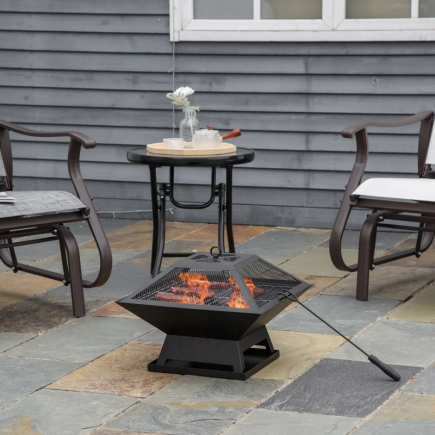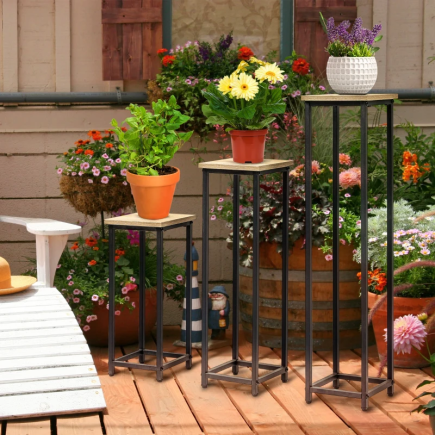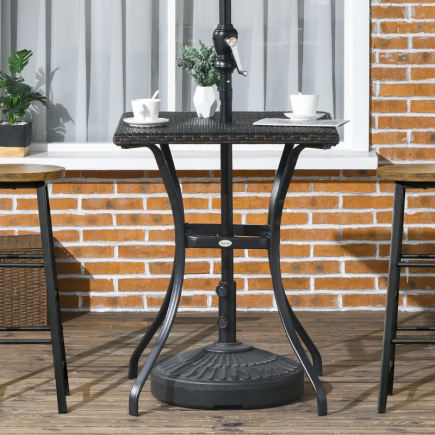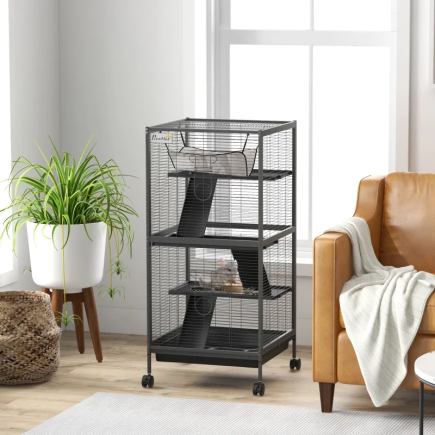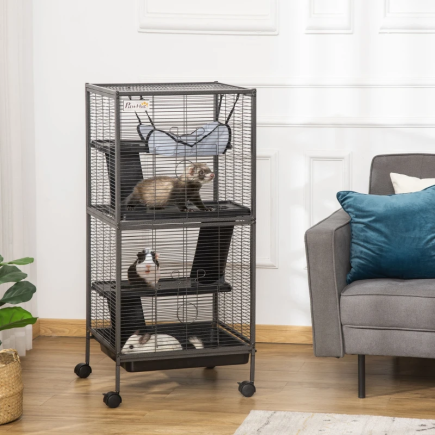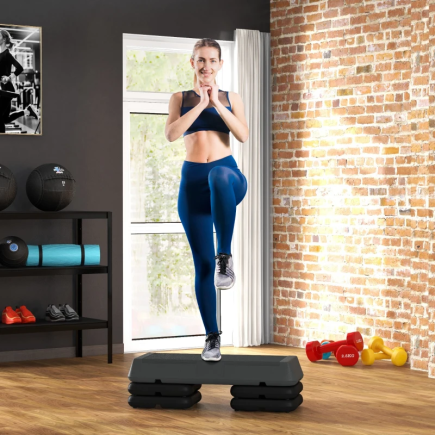Laundry is an unavoidable part of life, and the way you choose to dry your clothes can significantly impact the quality, time spent, and energy consumed. Two of the most common methods for drying clothes are air drying and using a drying machine (tumble dryer). While both methods achieve the same goal, dry clothes, they differ in terms of efficiency, fabric care, energy consumption, and environmental impact.

If you’re trying to decide between air drying and using a dryer, this comprehensive guide will break down everything you need to know about the two methods, helping you make an informed decision based on your needs, lifestyle, and priorities.
1. Air Drying vs. Drying Machine: Understanding the Basics
Air Drying: The Natural Method
Air drying is a process that involves hanging your clothes to dry either outdoors (on a clothesline) or indoors (on a drying rack). The clothes are left to dry naturally through the power of air circulation and, in some cases, the sun’s warmth. This method has been in use for centuries, and it’s still a popular choice for those looking to save on energy costs or preserve the environment.
Drying Machine: The Modern Convenience
A drying machine, also known as a tumble dryer, is a household appliance designed to dry clothes quickly. It works by tumbling clothes in a drum with hot air, speeding up the evaporation of moisture. Dryers are popular for their speed and convenience, particularly in busy households or regions with less favorable weather for air drying.

2. Effectiveness and Speed: How Do They Compare?
Air Drying: Slow but Steady
Air drying can take anywhere from several hours to a full day depending on the fabric type and weather conditions. For example, on a sunny, warm day, your clothes might dry in a few hours, but on a cold, rainy, or humid day, it could take much longer. This method is also highly dependent on where you live, if you’re in a region with frequent rain or dampness, air drying may not be practical year-round.
- Pros: Free, eco-friendly, and ideal for delicate fabrics.
- Cons: Takes a lot of time, and the drying process is unpredictable, especially in poor weather conditions.
Drying Machine: Fast and Efficient
Drying machines are incredibly fast, drying a full load of laundry in 30-60 minutes. This makes them an appealing choice for people with busy schedules or large families. They offer consistent results regardless of the weather, so you never have to worry about waiting for a sunny day or battling humidity.
- Pros: Quick and convenient, ideal for busy people or large households.
- Cons: High energy consumption and can cause wear and tear on clothes.
3. Fabric Care: Which Is Gentler on Your Clothes?
When it comes to fabric care, air drying is the gentler option. The high heat and tumbling motion of drying machines can cause damage to delicate fabrics over time.
Air Drying: Preserves Fabric Quality
Air drying is ideal for preserving the texture and shape of your clothes. The absence of heat and tumbling action means that delicate fabrics such as wool, silk, and lace won’t be damaged or stretched out. Additionally, air drying is less likely to cause shrinkage, which is a common issue with drying machines.
- Pros: Ideal for delicate fabrics, helps retain the shape, texture, and elasticity of clothes.
- Cons: May not be as effective for heavy items like towels, and clothes can become stiff if not properly shaken out.
Drying Machine: Fast but Risky for Fabric Integrity
While drying machines are great for drying clothes quickly, they can be tough on fabrics. The heat and friction can cause shrinkage, fading, and wear, especially for delicate items. Even heavy-duty items like towels and bed sheets can lose their softness and texture over time if dried in a machine regularly.

- Pros: Convenient for heavy-duty fabrics like towels and jeans.
- Cons: Risk of damage to delicate fabrics, can cause shrinkage and fading.
4. Energy Consumption and Cost: Which Is More Cost-Effective?
One of the biggest considerations when choosing between air drying and using a drying machine is energy consumption and cost.
Air Drying: The Cost-Free, Eco-Friendly Option
Air drying is completely free and doesn’t require electricity. This makes it the most cost-effective method in terms of energy consumption. By air drying your clothes, you’re not only saving money, but you’re also reducing your household’s energy footprint, making it a more eco-friendly choice.
- Pros: No energy costs, environmentally friendly, reduces carbon footprint.
- Cons: Takes longer, which could lead to higher indirect costs if you’re short on time.
Drying Machine: High Energy Usage
Drying machines, especially older or less energy-efficient models, can consume a significant amount of electricity or gas. On average, a dryer uses about 2-6 kWh of electricity per load, which can add up quickly if you dry a lot of clothes. The energy cost varies depending on the type of dryer (gas or electric), the efficiency of the model, and how often you use it.
- Pros: Quick, hands-off drying.
- Cons: High electricity costs and increased utility bills.
5. Environmental Impact: Which Method Is More Sustainable?
When it comes to environmental impact, air drying is the clear winner.
Air Drying: Sustainable and Eco-Friendly
Air drying uses zero electricity, making it a highly sustainable option. It doesn’t contribute to greenhouse gas emissions or energy consumption, making it ideal for people looking to reduce their carbon footprint. Additionally, air drying can be done outdoors, taking advantage of natural resources like sunlight and wind to dry clothes, which helps disinfect and freshen them naturally.

- Pros: No carbon footprint, no electricity needed, environmentally friendly.
- Cons: Weather-dependent and space-consuming.
Drying Machine: Energy-Intensive and Not as Eco-Friendly
Dryers, on the other hand, are energy-intensive appliances that contribute to carbon emissions. Even energy-efficient dryers still use a significant amount of electricity or gas, which increases the household’s environmental impact. While dryers offer convenience, they aren’t the best choice for those who prioritize sustainability.
- Pros: Fast and convenient, works in all weather conditions.
- Cons: High carbon footprint, increases energy consumption.
6. Space Requirements: Which Method Is More Space-Efficient?
Space considerations play a crucial role when deciding between air drying and using a dryer.
Air Drying: Requires Space for Racks or Lines
Air drying requires ample space, whether you’re using a clothesline outdoors or a drying rack indoors. If you live in a small apartment or don’t have access to an outdoor space, air drying can be impractical. It can also create humidity indoors, especially if you don’t have proper ventilation.
- Pros: No need for a machine, no additional costs.
- Cons: Requires space for drying racks, clotheslines, or hangers.
Drying Machine: Compact Options Available
Drying machines come in various sizes, from compact models suitable for small spaces to larger machines for larger households. These appliances can be installed in laundry rooms or other areas of the home. While they take up space, they don’t require as much room as air drying, which needs sufficient outdoor or indoor space to dry clothes properly.
- Pros: Doesn’t require space for drying racks or clotheslines.
- Cons: Takes up space, especially larger models.
7. Convenience and Usability: Which Method Fits Your Lifestyle?
Air Drying: Time-Consuming but Hands-Off
Air drying requires more time and manual effort. You must hang each item carefully, and drying can take hours, depending on the fabric and weather. If you have the time and space, this is a simple and easy method, but it’s not ideal for busy individuals or families who need their clothes dried quickly.
- Pros: Low effort once clothes are hung.
- Cons: Time-consuming and weather-dependent.
Drying Machine: Fast and Convenient
Drying machines are convenient because they require little effort. You simply load the machine, press a button, and wait for the dryer to finish its cycle. It’s perfect for busy people who need their clothes dry in a hurry or for large families with heavy laundry loads. However, dryers do require regular maintenance, such as cleaning lint traps and vents.
- Pros: Quick, minimal effort, and ideal for busy schedules.
- Cons: Requires maintenance, more hands-on during cleaning.
8. Health and Hygiene: Which Method Is Better for Your Clothes?
When it comes to health and hygiene, both methods have their benefits, but air drying offers some additional advantages.
Air Drying: Fresh and Hygienic
Air drying, especially outdoors, helps to kill bacteria, mold, and mildew due to the natural disinfecting power of sunlight and fresh air. Additionally, drying your clothes in the sun can leave them smelling fresh and clean. However, if you air dry indoors without proper ventilation, it can lead to increased humidity, which might contribute to mold growth in the home.
- Pros: Freshens clothes, kills bacteria and germs naturally.
- Cons: Indoor drying can lead to excess humidity and mold growth.
Drying Machine: Heat Kills Germs
Dryers use heat to dry clothes, and the high temperatures can kill bacteria and germs effectively. For people with sensitive skin or allergies, this might be a good choice. However, dryers don’t always have the same fresh, natural scent that comes with air drying outdoors.

- Pros: Kills bacteria and allergens with heat.
- Cons: Can cause clothes to lose their fresh scent, requires proper ventilation.
9. Air Dry vs. Drying Machine: Which Is Best for You?
Both air drying and drying machines offer their unique advantages and drawbacks. Ultimately, the best drying method depends on your priorities, whether that’s fabric care, energy savings, convenience, or sustainability.
Air Drying:
- Best for eco-conscious individuals who want to save on energy costs.
- Ideal for delicate fabrics and preserving clothes’ longevity.
- Requires time and space, and is dependent on weather conditions.
Drying Machine:
- Best for busy households or individuals who need quick drying results.
- Convenient and works year-round, regardless of weather conditions.
- Higher energy consumption and increased costs over time, but offers consistent results.
For the most balanced approach, consider combining both methods. For example, air dry your delicates and smaller loads, and use Dryer Machines for towels, bedding, or larger items. By understanding your laundry habits, you can find the best combination to suit your needs.
FAQs
1. Can I use a drying machine for all types of fabrics?
Not all fabrics are suitable for drying machines. Delicate fabrics like silk, wool, and lace should be air dried to avoid damage. Always check the care labels of your clothes to see if they’re machine-dry safe.
2. Can you reduce drying time with a drying machine?
Yes, to reduce drying time, ensure that the drying machine is not overloaded, use the correct heat settings, and clean the lint filter regularly to improve airflow and efficiency.
3. Does air drying cause wrinkles in clothes?
Air drying can cause wrinkles if clothes are left hanging without being properly shaken out before drying. To minimize wrinkles, try to smooth out garments as you hang them and remove them promptly once dry.
4. How does air drying affect the lifespan of my clothes?
Air drying can extend the lifespan of your clothes compared to machine drying because it is gentler on fabrics. The absence of heat and mechanical tumbling reduces wear and tear, preventing shrinkage, fading, and stretching.


